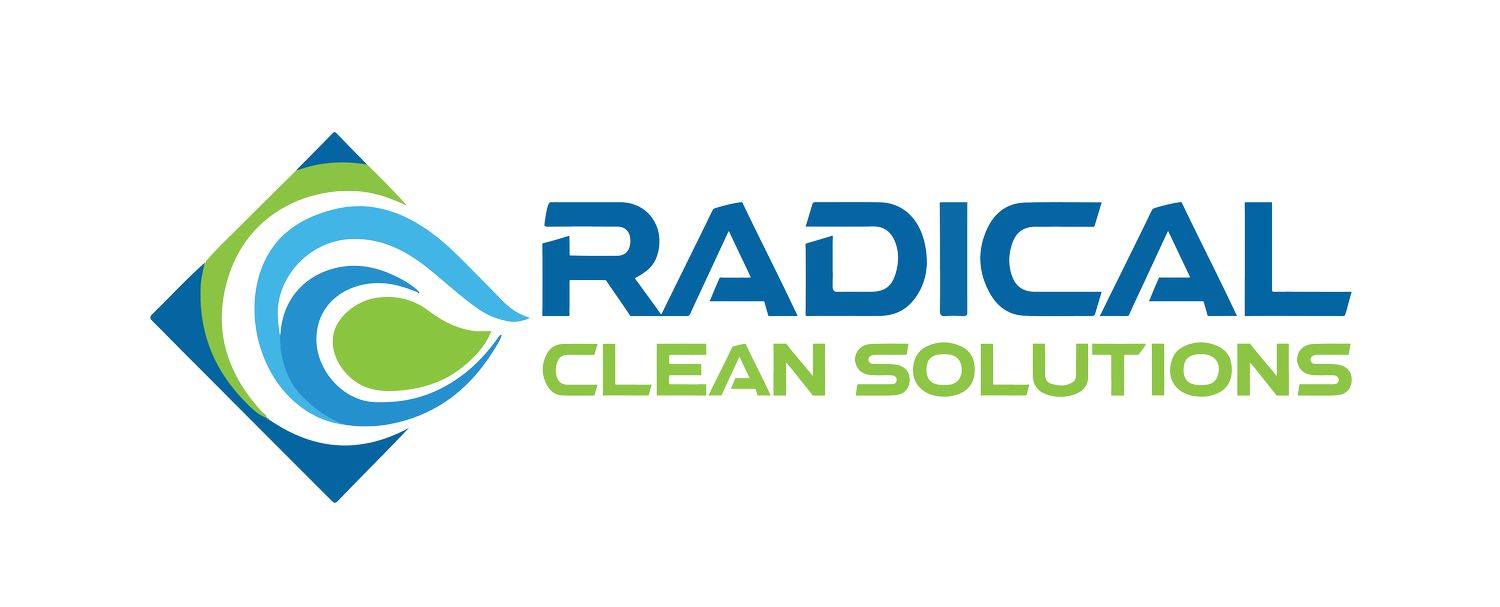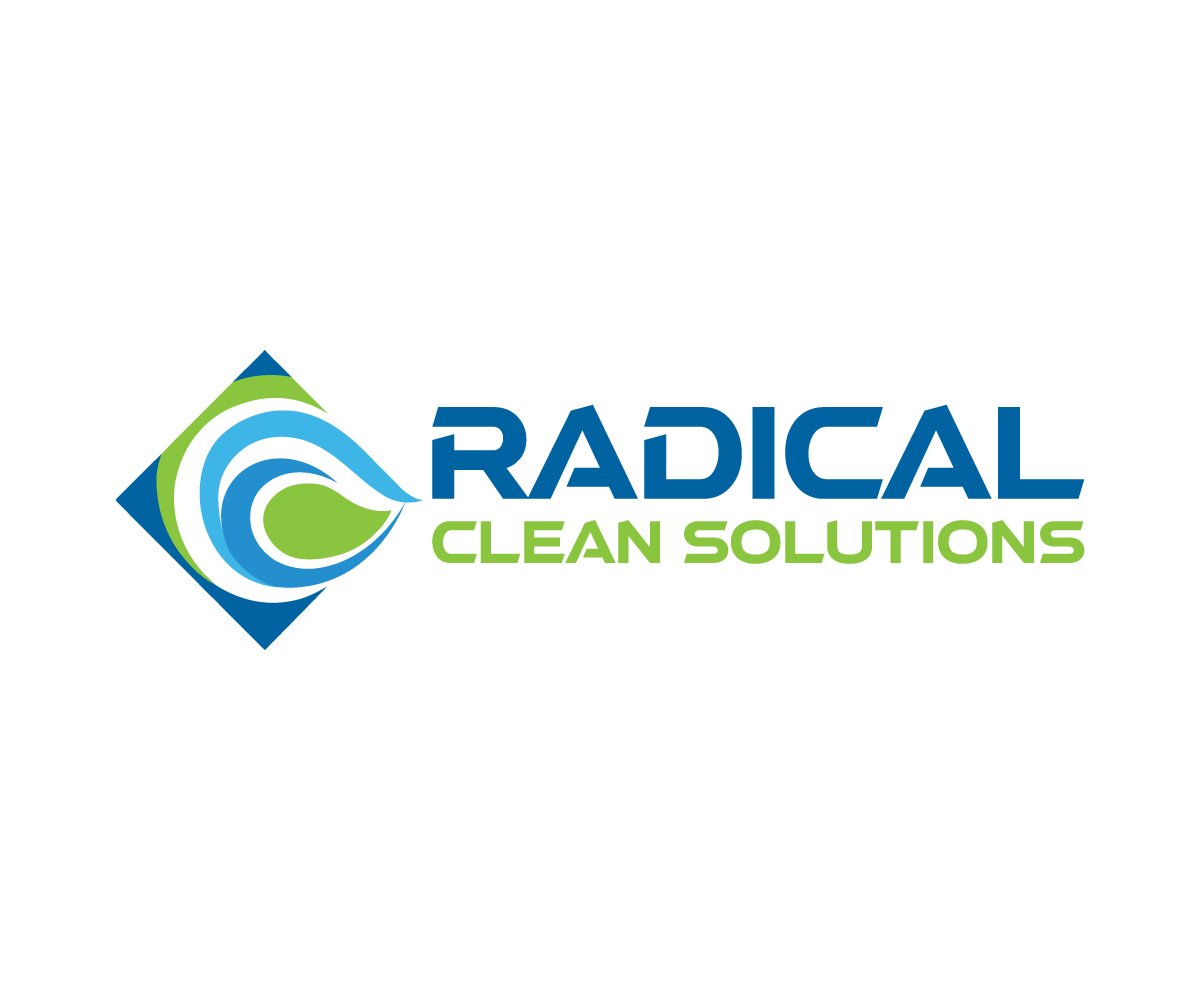What is a Hydroxyl Radical?
As recently as the early 1970’s, the atmospheric version of the hydroxyl molecule was completely unknown (Known to science were the Interstellar, Chemical and Biological hydroxyl). This structure was known to scientists who worked in the interstellar, chemistry and biological fields. However, being last to be discovered had and still has its challenges. Verified critical information on this relatively new atmospheric science was left to pioneers to provide the research and field work proofs.
The worlds’ scientists took approximately 25 years to come together to finally acknowledge the importance of the atmospheric hydroxyl and in 1995 The Intergovernmental Panel Conference on Climate Change acknowledged that the Atmospheric Hydroxyl is responsible for cleansing the Earth’s atmosphere.
There are two basic approaches to generating hydroxyls: the photocatalytic method (PCO) and the use of multiple wavelength UV. The PCO method radiates UV energy on a surface coated with a semiconducting catalyst like titanium dioxide. This promotes the formation of hydroxyl radicals and superoxide radicals near the catalyst surface where they then react with adsorbed VOC’s. The method uses a long wavelength of UV energy so that little to no ozone is formed.
This approach generates sufficient oxidants to treat small volumes of air with low concentrations of VOC’s, but is ineffective in larger volumes of air or with higher concentrations of VOC’s. In these applications, the oxidant levels produced are too low to efficiently oxidize the VOC’s and the resulting oxidized organic by-products. The result is a build-up of by-products, particularly formaldehyde. Researchers at the Lawrence Berkeley Research Laboratories have reported that the method intrinsically results in formaldehyde levels that are 3-4 times higher than background levels.
Our method utilizes customized, high performance UV optics to generate multiple wavelength UV radiation. These more powerful wavelengths of UV energy generate free hydroxyl radicals from water vapor and oxygen as well as other reactive oxygen species within the reaction chamber. The hydroxyls and reactive oxygen species effectively decompose VOC’s and kill pathogens within the reaction chamber and throughout the treatment space as the air is circulated.


